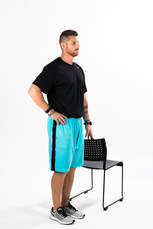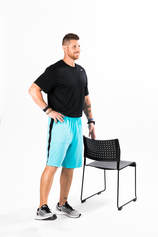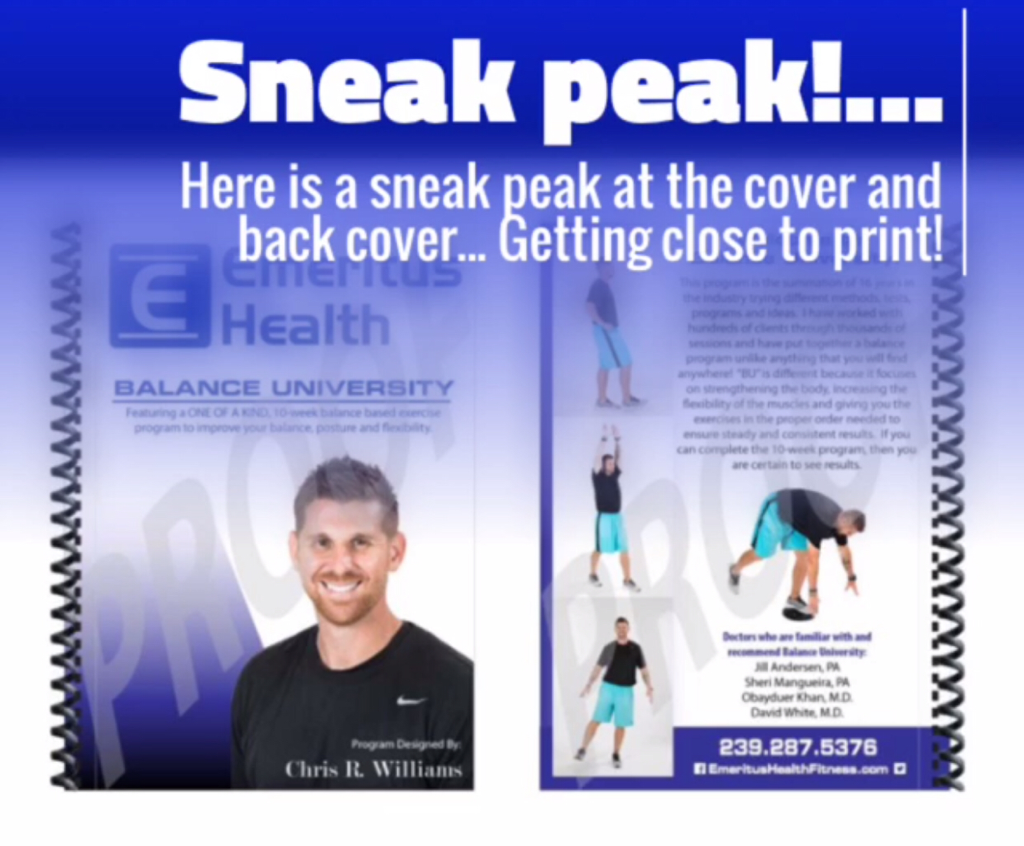I took some time into this topic to find out what are some of the leading issues that causes folks, whom are healthy, but end up spending the last years of their lives in LTC's. One research article named four key areas that can strongly predict an elderly person's transition from independent community living to a long-term care facility. These four areas include:
Falls and fall related injuries
Urinary incontinence
Dementia
Social isolation
The article went on to say, "although estimates of fall rates vary widely based on location, age, and living arrangements of the elderly population, it is estimated that each year approximately 30% of community-dwelling individuals ages 65 and older, and 50% of those aged 85 and older will fall."(*1) "Of those individuals who fall, 12% to 42% will have a fall-related injury."(*1) The statistics are not on a Seniors side once they experience their first unintended fall. "Two-thirds of those who fall will do so again within six months."(*2) Further digging revealed "that the risk of LTC home admission is over five times higher in Seniors who experienced two or more falls without injury, and over 10 times higher in Seniors who experienced a fall causing serious injury."(*1)
Hope is not lost, however! There are some things that our Seniors can do to make healthy aging a truly easier process. One study identified 11 different interventions to avoid LTC's. They are "exercise programs, vision assessment and referal, cataract surgery, environmental modifications, vitamin D supplementation, vitamin D plus calcium supplementation, hormone replacement therapy (HRT), medication withdrawal, gait-stabilizing devices, hip protectors and multifactorial interventions." (*1) This study was also interesting to me becuase they took a look at the length of time these exercise programs should last in order to make the biggest impact. And of course, you guessed it... those that have been in exercise programs that have lasted longer than six months were impacted more positively than any other group.
I have spoken about many of the interventions mentioned in the research article, including vitamin D supplementation and the research showing those that regularly take high levels of vitamin D tend to fall less. I want those of you reading to understand that exercise does not have to be conventional, i.e. fitness centers. Get out and walk! You only need 1% of the time given to us in a week for exercise. There are 10,080 minutes in a week... start with a 30 minute walk for six months, and you will begin to ensure that you are considered to be, healthy aging.
Chris R. Williams
SOURCES:
*1: National Library of Medicine (https://pubmed.ncbi.nlm.nih.gov/23074507/)
*2: https://www.shellpoint.org/blog/10-shocking-statistics-about-elderly-falls/












